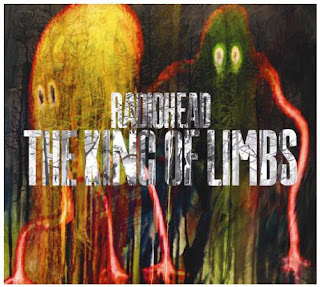Bauhaus Exhibition Poster 1923
The Bauhaus School was born from the angst of World War I and ugliness of the industrialized society that had brought Europe to that point. Its goal was to recognize and unify the commonality of the fine arts and the applied arts. The Bauhaus School worked to elevate standards of design and public taste through excellence in design and craftsmanship. [Whitford]
This particular piece was designed by Joost Schmidt for the Bauhaus Exhibition of 1923. This piece reflects on of the many "shifts" if the teaching philosophy at the Bauhaus School from "Art meets Craft" to "Art meets Machine." This was a natural, if not controversial within the school, step for the Bauhaus during the industrialization on the early 1900's. [Whitford]
This early modern work uses geometric shapes and machine forms to showcase the innovative work done at the Bauhaus. One can see influence of other types of art from the period in the piece, cubism, constructivism, Di Stijl which also reflect the principles of the school - to take diverse styles and meld them into new design approaches.
The high contrast color scheme creates drama and intensity in poster, although I am not sure that it comes across in the scan. The repetition of circles, textures (solids, pavement-like surface, lines, and mesh), color, and typeface all create unity in this work.
The typefaces is square-shaped with no curves except for the Ausstellung and 1923. The text is placed perfectly to guide the eye through the work. The face is the "seal" of Bauhaus and signifies how man meets machine. I like the tilting of the axis of the poster; it, creates a sense of imbalance - the teetering of the machine. Or is this just a part of a much larger work - a larger machine? And is humanity just part of a larger machine? Waxing philosophical, here!?!
Personally, the object in this poster remind me of a toy my daughter had as a baby. It was called a "Weeble" and it's ad-line was "Weebles wobble but they don't fall down." It had a rounded, weighted solid bottom and she would bat at it and it would bounce right back. It wasn't quite as artfully designed as the poster, though. I think it had a pink plastic puppy on the top. I wonder how the Bauhaus artists would feel about the Weebles...
Source: Whitford, Frank, Bauhaus, The World of Art Series, Thames and Hudson Ltd., London.





